Amazon Brand Registry: The Ultimate Seller’s Handbook
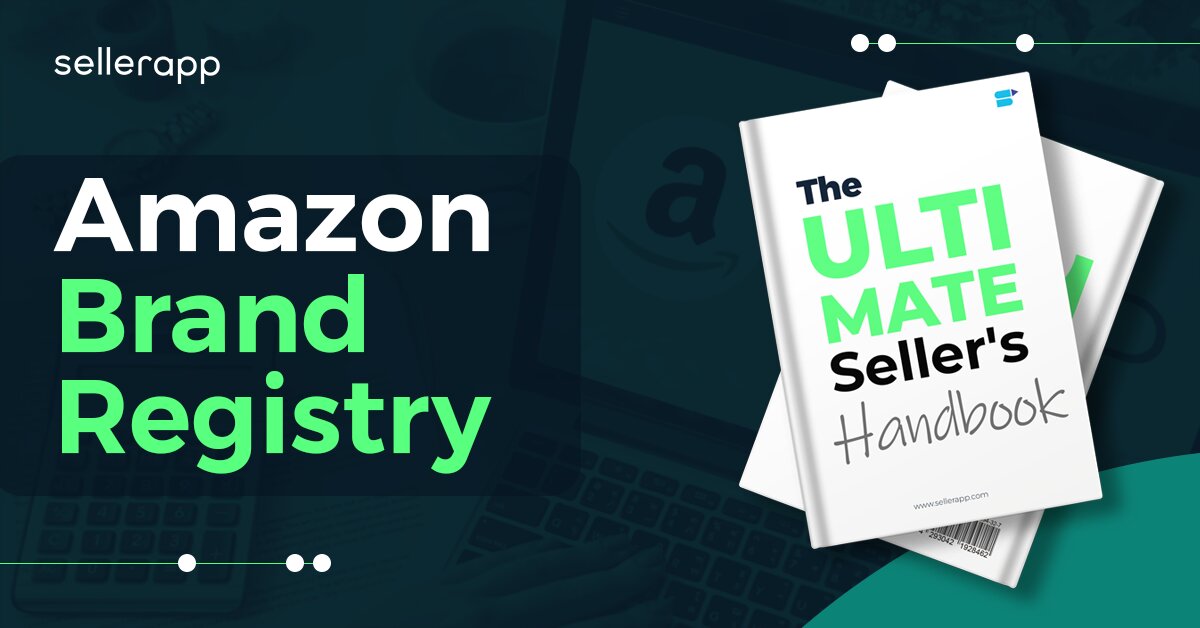
With the staggering growth of Amazon, counterfeit products have become a significant problem in the marketplace, jeopardizing the trust of both sellers and consumers.
These fake goods make up a staggering 3.3% of global trade, posing a significant threat to consumers.
Not only it affects customer trust but also leads to loss and brand reputation for sellers.
In response to these problems, Amazon introduced the Amazon Brand Registry program. This solution has already been adopted by 130,000 brands and has effectively reduced infringement on the platform by 99%.
As online shopping continues to play a crucial role for businesses, many companies are turning to Brand Registry to protect their brand and enhance their digital efforts.
If you have an eligible Amazon seller account, registering your brand trademark through Brand Registry is a worthwhile investment.
But how exactly does it work, and how can it benefit your business?
This article takes a closer look at Amazon Brand Registry, exploring its features, advantages, and the steps to get started.
Let’s jump into it!
Here’s a quick peek into the article:
- What Is Amazon Brand Registry, and Is It Worth It?
- Amazon Brand Registry Benefits
- How Much Does Amazon Brand Registry Cost?
- How to Register Brand on Amazon – Step-by-Step Process
- How Long Does It Take to Enroll in Amazon Brand Registry?
- How to Know If Brand Registry Enrolment Was Successful?
- How Long Does It Take To Enroll in Amazon Brand Registry?
- How Does Amazon Brand Registry Protect Your Brand From CounterFeit?
- Can I sell on Amazon without a Brand Registry?
What Is Amazon Brand Registry, and Is It Worth It?
Amazon Brand Registry is a program designed for sellers to enroll their brands on Amazon. It gives sellers complete control over their brands and protects them from counterfeiting.
On top of brand protection, Amazon gives brand-registered sellers access to multiple tools to help them build and market their brand on Amazon.
Here are some important facts to know about Amazon Brand Registry:
| Who | Brand owners and resellers with permission to manage or sell a brand's product(s) |
|---|---|
| What | Protection and counterfeit prevention for sellers and vendors. Allows them to control product listing and represent brands better |
| When | Amazon Brand Registry 2.0 was launched in May 2017. |
| Where | Open to all brands with the trademark(s) recognized by Amazon. |
| Why | Solves issues of counterfeit products and brand misrepresentation and provides brand-building and marketing benefits |
Overall, Amazon’s Brand Registry is a crucial tool for brands to sell their products on Amazon.
In the next section, you’ll learn about the benefits of Amazon Brand Registry for sellers.
Amazon Brand Registry Benefits For Sellers
Amazon Brand Registry is a powerful program with multiple benefits for registered sellers. Here are some of the benefits of Amazon’s Brand Registry:
Better Control Over Amazon Listing
One of the most frustrating issues brand owners face on Amazon is unauthorized changes to their product listings by third-party (3P) sellers.
These changes can have a devastating impact on your listing’s performance.
Imagine losing ranking keywords, having product images deleted, or finding misleading information on your listing out of the blue!
Not only can this result in a loss of conversions and reduced brand trust, but it may also lead to more returns and negative reviews.
Although being brand registered on Amazon doesn’t guarantee that unauthorized changes won’t happen, it gives the brand owner more control over the listing. That means you can monitor any changes being made to your listing and revert it back to its original stage.
Better Protection Against Counterfeiters
Amazon offers some advanced tools for registered brand owners to detect and remove counterfeiters.
For instance, brand-registered sellers can perform targeted manual searches in the product catalog to look for counterfeit products and report them directly.
Amazon Brand Registry also provides advanced tools like image search, where you can use your own brand’s image to find products with similar images or logos.
You can also search globally, through all thirteen of Amazon’s active marketplaces, to check for infringements occurring on the international market without your consent.
Once you find a counterfeit listing, you can report it to the Amazon brand protection team, who will do the needful to take it down.
Access to Tools For Brand Development
Once a brand is registered under Brand Registry, Amazon provides them access to a few free tools that help them with brand building, marketing, and enhancing the customer experience.
These tools are:
- A+ Content
- Brand Stores
- Sponsored Brands
- Brand Dashboard and Brand Analytics
- Posts (beta)
- Amazon Live
- Amazon Vine
A+ Content
A+ Content is the best way to visually showcase your brand and product features on the product details page.
It offers customized modules, clarts, lifestyle images, and other modules to add to the listing to create a rich and interactive customer experience on the product listing page.
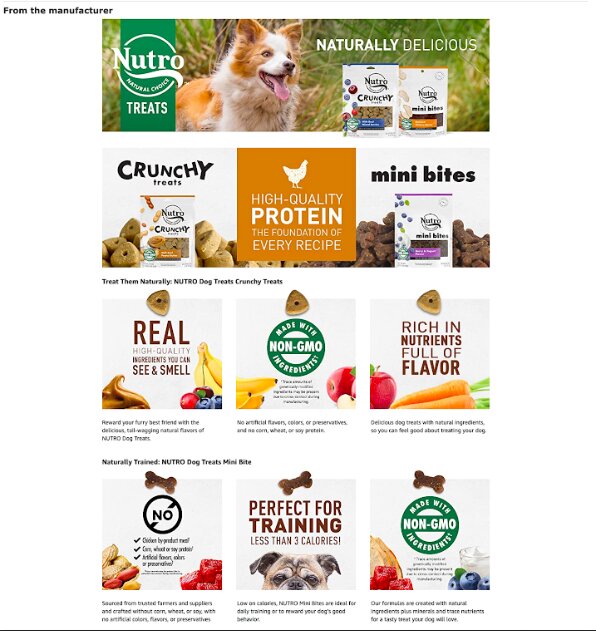
A+ content usually has four types of advantages. Such as:
- Different images and modules allow you to tell your product story in an engaging way and show off the USP of your product to shoppers.
- It allows you to tell your brand story on the product listing page and allows you to build brand awareness and loyalty to encourage retention and repeat purchases.
- The A+ product comparison charts help shoppers discover other products under your brand and help them make more informed decisions.
- The A+ content also allows sellers to upload videos on the product listing, which increases customer engagement and conversions.
Brand Stores
Amazon also provides access to Brand Stores to Registered sellers. The Brand Store serves as a centralized page where sellers can showcase product listings with informative descriptions and brand stories.

This helps raise awareness for the entire product range and attracts relevant traffic to the brand.
If you have a wide range of products, Amazon provides the flexibility to create multiple listing pages on the store, similar to category pages on a website.
This allows you to organize and present your products in a more personalized manner, catering to different customer interests and preferences.
One of the main advantages of brand stores is that customers can access them by clicking on the brand name within a product listing.
Brand Stores can also be used as landing pages for on-page and off-page advertisement campaigns.
Sponsored Brands Ads
Sponsored Brand Ads are only available to Brand Registered sellers on Amazon. With these ads, you can effectively enhance brand awareness and promote cross-selling of various products.

Sponsored Brand ads help you reflect your brand messaging with the brand logo, custom tagline, and multiple products, usually at the top of Amazon search results.
When shoppers engage with Sponsored Brand Ads, they can be directed to your Brand Storefront, where they can find comprehensive information about your brand. Alternatively, you have the option to redirect traffic to one of your specific product listings.
For instance, if you run a Sponsored Brand Video ad, the traffic is directed straight to a relevant product listing instead of the Brand Store.

In comparison to Sponsored Products campaigns, which primarily target customers who are closer to making a purchase, Sponsored Brands serve as a brand discovery tool. By capturing customers at the top of the sales funnel, they facilitate brand discovery and awareness, allowing you to reach a broader audience.
Brand Analytics
This is by far the most comprehensive feature Amazon provides to brand-registered sellers. The Brand Analytics tool gives sellers an overview of how their brand is performing on Amazon.
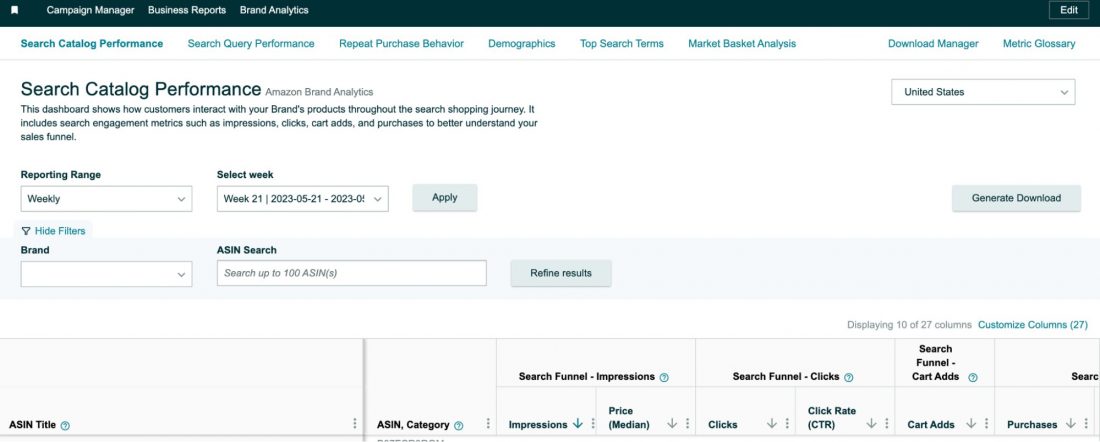
Apart from that, the tool gives a range of reports to dive deeper into multiple aspects of your business, such as:
- Search Catalog Performance: It shows how customers interact with your brand’s products throughout the search shopping journey.
- Search Query Performance: It shows the top queries that led customers to your brand’s products
- Repeat Purchase Behavior: It shows popular products that customers buy repeatedly.
- Demographics: This helps you understand the target audience from the aggregated data on customer location, gender, age, household income, and marital status.
- Top Search Terms: It shows the top search terms for a particular time frame ranked by search frequency.
- Market Basket Analysis: It shows what type of products customers frequently buy after they buy a specific product.
Learn more about it from the Amazon Brand Analytics detailed guide
Amazon Posts
Amazon Posts is a new feature that enables brands to create engaging content to showcase their products in action, raise brand awareness, and remain at the forefront of shoppers’ minds, all for free.
Similar to social media posts, Amazon Posts appear on product detail pages, category pages, and feeds. Customers can browse, discover, and shop for products directly from the posts.
They enhance brand visibility, drive traffic, and help in generating more sales on Amazon.
Moreover, Posts provides comprehensive performance analysis, allowing you to track impressions, engagement, and clicks on their posts.
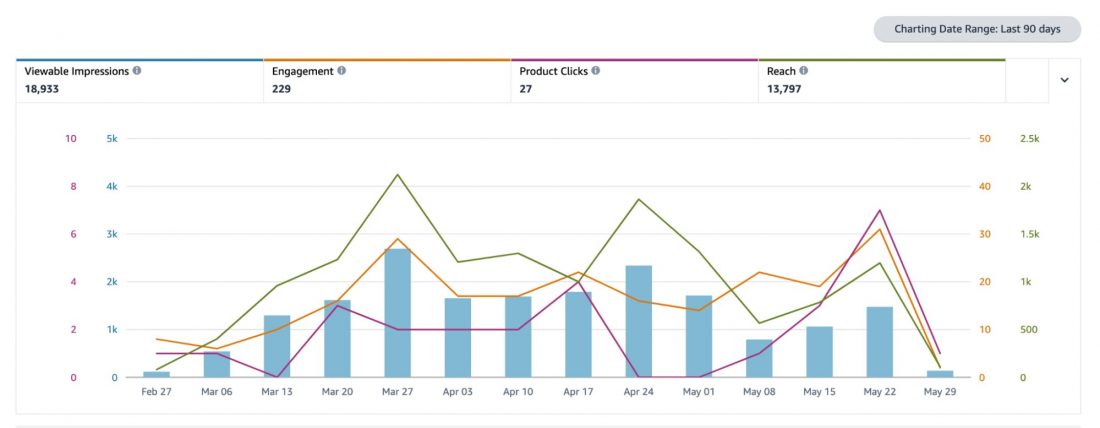
Amazon Vine
Many sellers find it difficult to get reviews after launching their new products on Amazon.
Amazon Vine, a program available to sellers under the Amazon Brand Registry, helps sellers get unbiased and legitimate reviews for their products.
Under the program, Amazon invites trusted reviewers to post reviews about their new and upcoming products on Amazon, where sellers send free samples to reviewers in exchange for their reviews.
Vine helps sellers get the initial reviews and feedback for their newly-launched products, which helps them gain sales momentum.
How Much Does Amazon Brand Registry Cost?
As of now, Amazon does not charge a fee for enrolling in its Brand Registry program. The program is designed to provide brand owners with more control over their product listings.
It reduces the risk of counterfeit goods being sold, so it is in Amazon’s best interest to encourage as many brand owners as possible to participate.
However, while the brand registry itself is free, some associated costs must be considered. Before enrolling in the Amazon Brand Registry, you need to have an active registered trademark for your brand. The cost of trademark registration varies depending on the country.
For example, the filing fee with the U.S. Patent and Trademark Office ranges from $225 to $400 per class of goods or services in the United States.
If you hire a lawyer or use a service to assist with the application, you can expect to pay an additional few hundred to a few thousand dollars.
How to Register Brand on Amazon A Step-by-Step Guide
Now that you understand Amazon Brand Registry, let’s see how you can enroll in Amazon Brand Registry with this step-by-step walkthrough.
Amazon Brand Registry Requirements
To be eligible for Amazon Brand Registry, you must fulfill the following requirements:
- Registered Trademark: Your brand must have an active registered trademark in each country where you wish to sell. Alternatively, you can have a pending trademark application filed through Amazon IP Accelerator.
- Trademark Type: The trademark for your brand must be in the form of a text-based mark (word mark) or an image-based mark with words, letters, or numbers (design mark). Different countries may have specific classifications for eligible trademarks.
- Country-Specific Requirements:
Brand Registry accepts trademarks issued by government trademark offices in several countries. The list of accepted countries may change over time.
Currently accepted countries are:
- The United States
- Brazil
- Canada
- Mexico
- Australia
- India
- Japan
- France
- Germany
- Italy
- Turkey
- Singapore
- Spain
- Saudi Arabia
- United Kingdom
- Egypt
- Sweden
- Poland
- Benelux
- European Union
- United Arab Emirates
For each country, there are specific trademark organizations and unique requirements. Take a look at those from here.
Create A Brand Registry Account
You’re ready to start the enrollment process once you’ve met all the Amazon requirements.
- Step 1: Log in to the Amazon Brand Registry account using the same credentials as your seller central account. If you don’t have an Amazon seller or vendor central account, create a new one for free.
- Step 2: If you have an individual seller account, upgrading to a professional account is recommended before enrolling in Brand Registry.
- Step 3: After creating your brand registry account, sign in and navigate to the dashboard. On the homepage, click “Enroll a brand.” On the next page, click the “Enroll your brand” button.
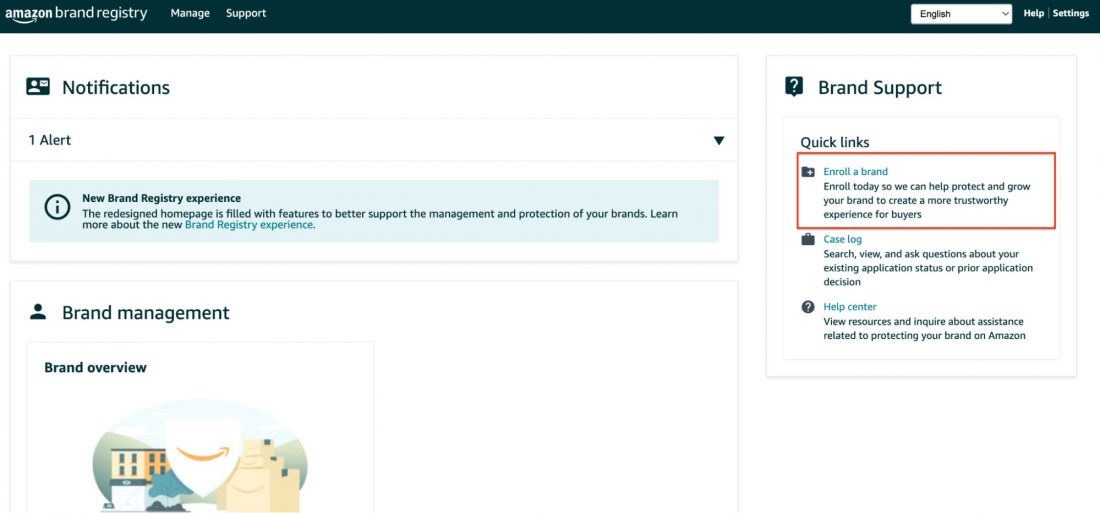
- Step 4: In the first section of the enrollment form, provide your brand name, select a trademark office, and provide the trademark number. Note that you can only select one trademark office at a time. If you have multiple trademarks in different countries, add them after your enrollment is approved.
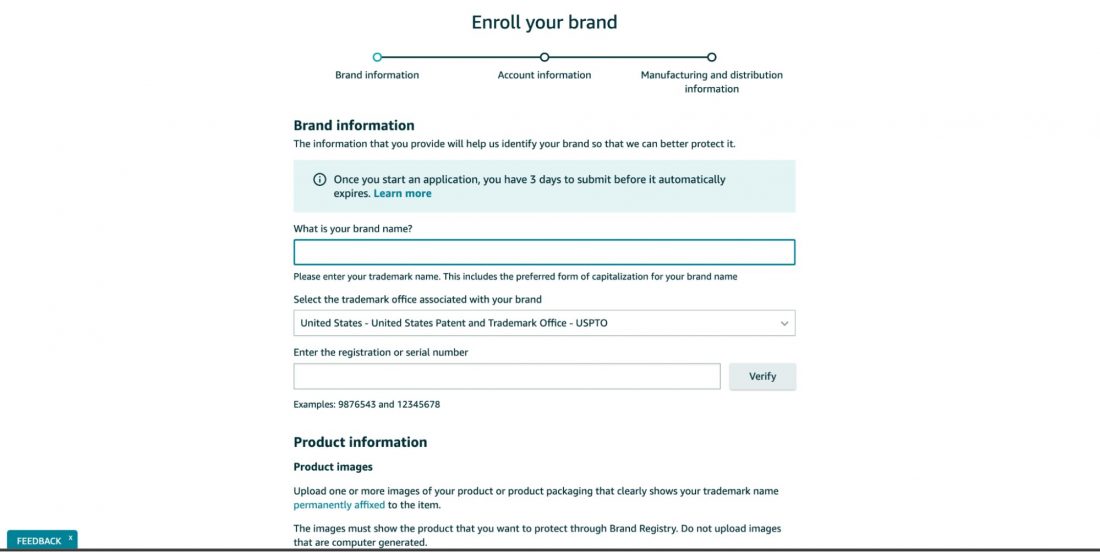
- Step 5: In the next section, upload at least one high-resolution image of your product where the product name and logo are clearly visible. Click “Next” to proceed.
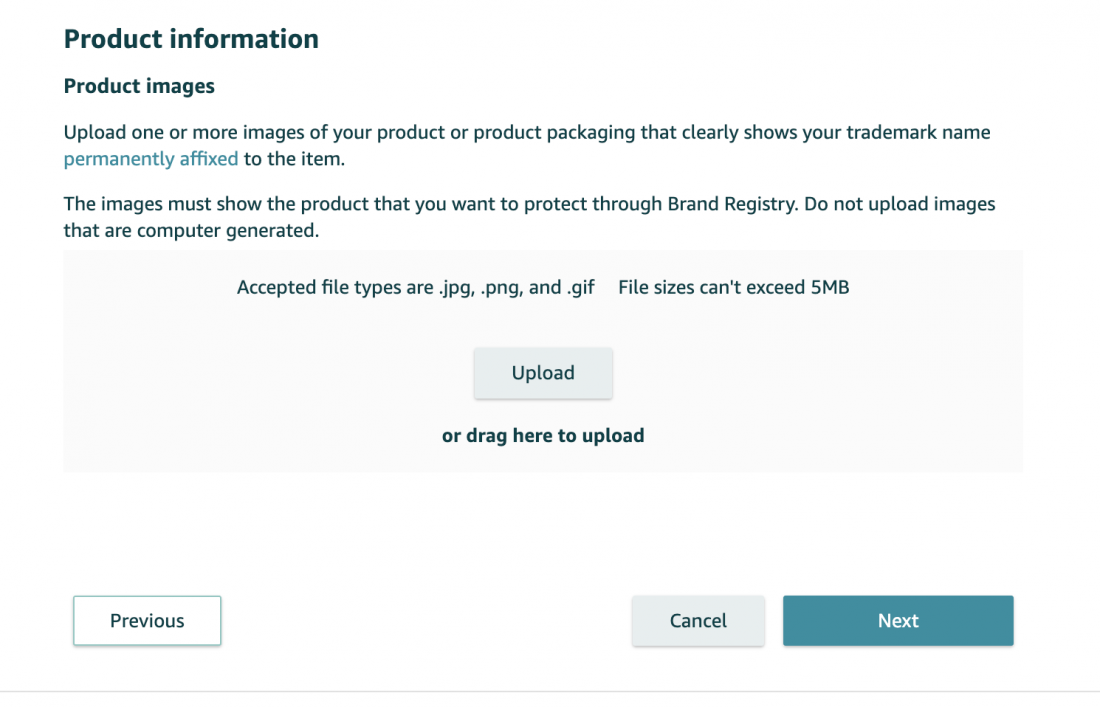
- Step 6: Here, provide information about your selling account, whether you’re a seller, vendor, or none of them. Select the product categories you want your products to be listed under. If you have live product listings on Amazon, provide the ASINs of the top-selling products in each category. Additionally, if you have a direct-to-consumer website or a storefront on another marketplace, provide that information too.
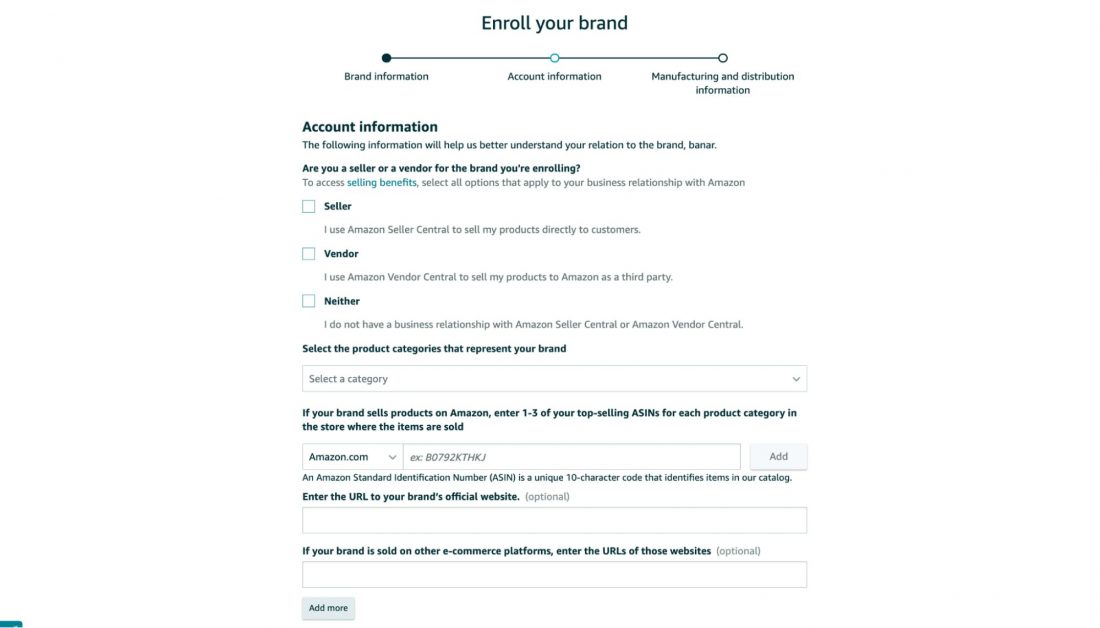
- Step 7: Click “Next” to move to the last section of the enrollment form, where you need to provide manufacturer and distribution information for your products.
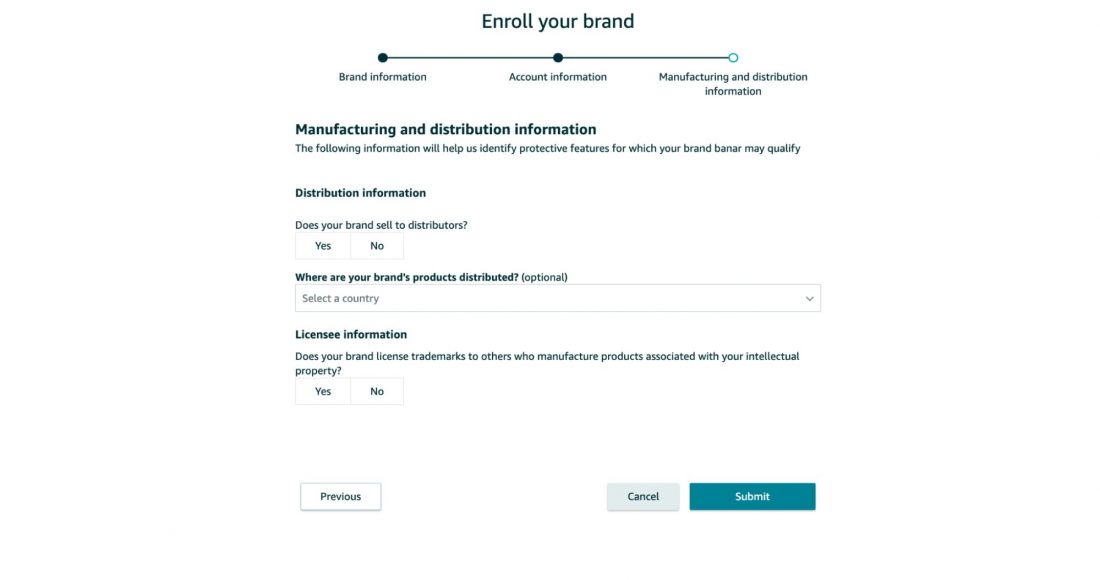
- Step 8: Once you have completed all the sections, click the “Submit” button to start enrollment.
- After submitting your enrollment form, Amazon Brand Registry will email you a verification code to the trademark correspondent listed on your trademark record.
- Step 9: Retrieve the verification code from the email and sign in to your Amazon Brand Registry account. Click on “Case log” and then “View or Respond” on the relevant case.
- Step 10: Click on “Reply” and provide the verification code. Submit the response.
- Step 11: Amazon will start reviewing your application. Be patient, as the review process may take some time.
How Long Does It Take to Enroll in Amazon Brand Registry?
If you already have a trademark or have a pending trademark through the IP accelerator program, the Amazon Brand Registry approval process takes around two weeks.
Just ensure you meet all the criteria of Amazon, and submit all information accurately during the enrollment process.
How to Know if Brand Registry Enrollment Was Successful
Once you have initiated the registration process with the Amazon Brand Registry program and are awaiting approval, there are several ways to check the status of your brand’s approval.
Unique Identifier
One way to confirm the success of your Amazon Brand Registry process is by seeing a unique identifier on your products, such as the European Article Number (EAN) or Universal Product Code (UPC).
If you are the only seller of a product, Amazon will assign a Global Catalog identifier to your listings. So, if you see these unique identifiers on your products, it indicates that your brand registration was successful.
If, however, you notice only ASINs number on your products, it means that your brand is still awaiting approval from Amazon.
Using Enhanced Brand Content (EBC)
If your application for Enhanced Brand Content (EBC) is denied, it indicates that your brand is still awaiting approval from Amazon due to certain reasons.
In such cases, you can try to make your brand profile more interesting and engaging and see if it helps in progressing your application.
Amazon Brand Registration Support
If you are curious about the approval status of your brand, the easiest way to find out is by contacting the Amazon Service Center. You can reach out to their customer care representatives and inquire whether your brand has been successfully registered with Amazon.
By following these methods, you can stay updated on your brand registry enrollment status and take appropriate action accordingly.
How Does Amazon Brand Registry Protect Your Brand From CounterFeit?
Amazon provides a range of tools to brand-registered sellers for protecting their brands from counterfeiting, including programs like Transparency and Project Zero.
Amazon Transparency
In the Amazon Transparency program, Amazon provides transparency codes for each and every product within the brand’s catalog.
These codes are a combination of numbers and letters scanned at the fulfillment center before shipping to the customer.
This ensures that all the products sold under your brand are authentic and credible, eliminating the risk of counterfeiting.
Brands have the flexibility to enroll their entire product line or choose specific products to be covered under the Transparency Program. However, each individual product must have a transparency code applied to it, usually in the form of a sticker.
The Amazon Transparency Program is currently available in the United States, United Kingdom, Canada, France, Germany, Italy, Spain, and India.
Project Zero
Amazon Project Zero is a program that empowers brands to take control of removing counterfeit products from the marketplace. Through a new self-service tool developed by Amazon, brands can directly remove counterfeit listings themselves without reporting them to Amazon.
By empowering brands to directly combat counterfeits, Amazon aims to provide a more efficient and proactive approach to protecting intellectual property rights and ensuring a safe shopping experience for customers.
Learn more about it from the Amazon Project Zero detailed guide.
Can I Sell on Amazon Without Brand Registry?
The answer is yes. You can sell on Amazon without enrolling in Amazon Brand Registry. However, you might be missing out on the Amazon Brand Registry’s benefits to brand owners, like brand protection, brand registry support, transparency, and project zero programs.
Final Thoughts
The Amazon Brand Registry is a game-changer for sellers who are looking to protect their brand and combat counterfeits on the platform.
Through Brand Registry, Amazon offers sellers various advanced tools, advertising options, and greater control over their product listings.
With an impressive track record of reducing infringement and providing valuable tools for brand development, it is a must-have for any seller who is serious about their business.
Therefore, if you are eligible, the Amazon Brand Registry is an easy win – seize the opportunity!
Related Content:
Best Private Label Products to Sell on Amazon To Make Money
Amazon Retail Analytics Mystery Revealed
Best Amazon Predictive Analytics Tips
How to Manage the Supply Chain of Your Private Brand on Amazon
What’s The Amazon Sales Strategy For Brand Owners?
How to Get Approval to Sell Restricted Categories On Amazon



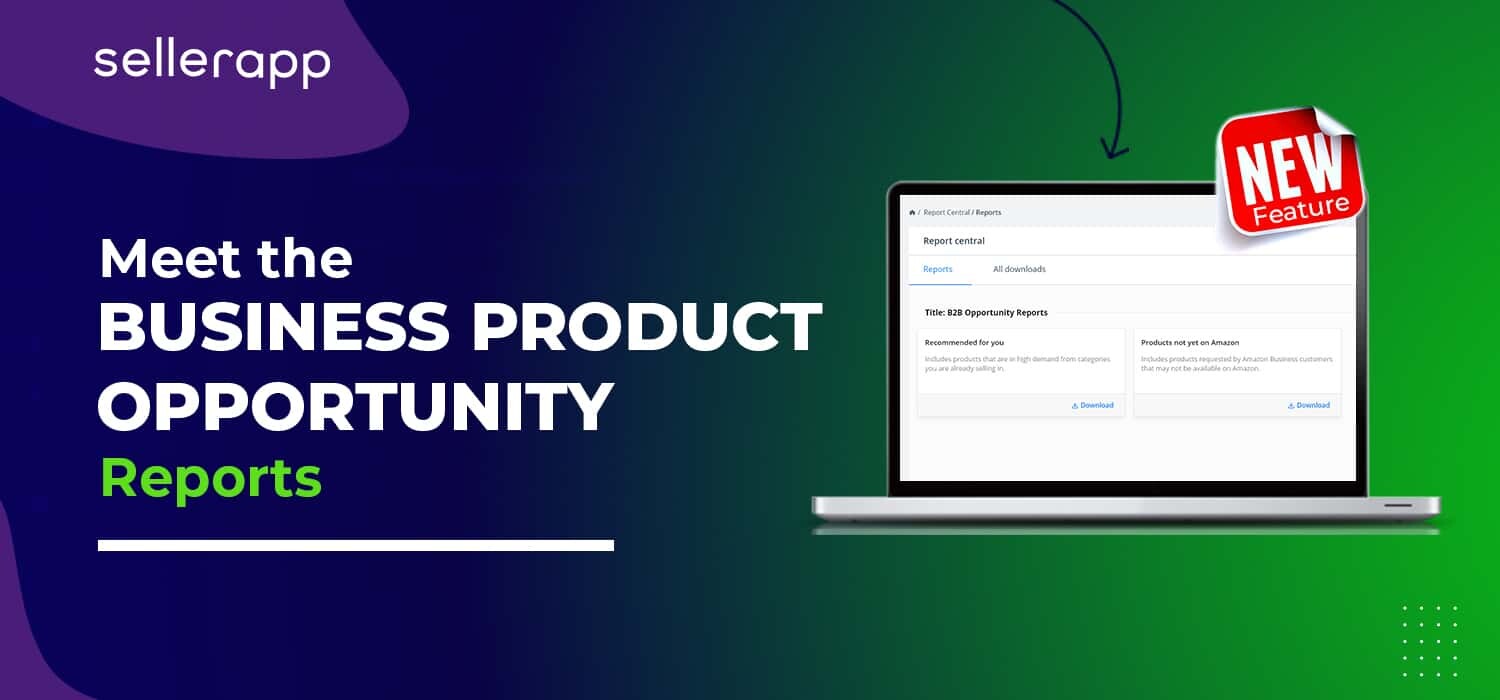


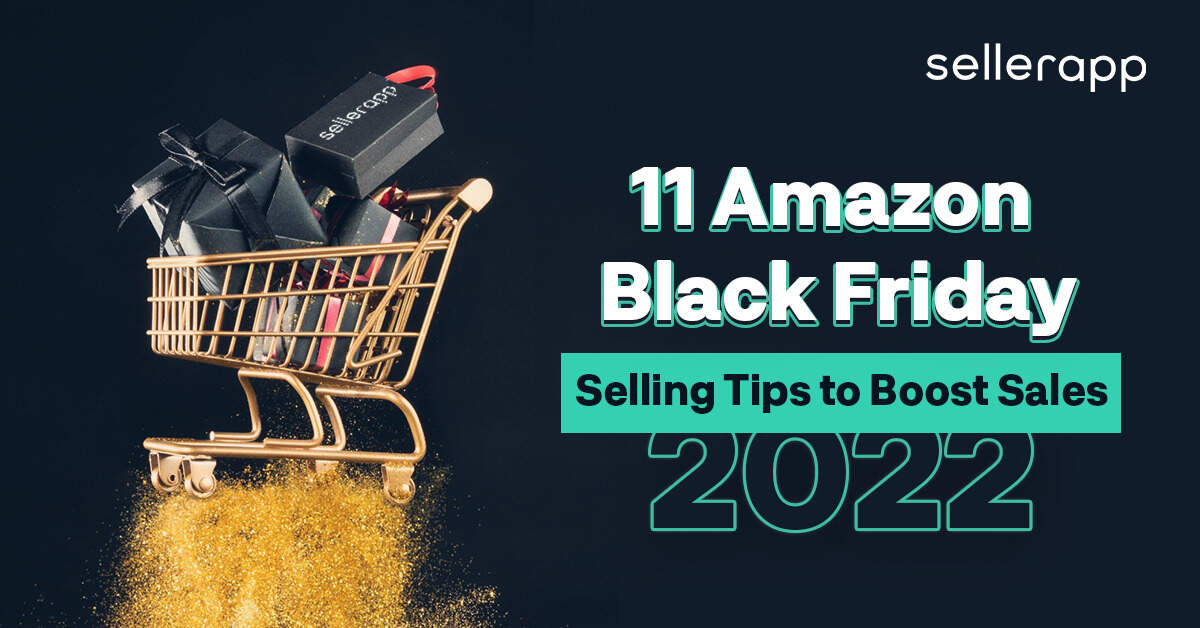

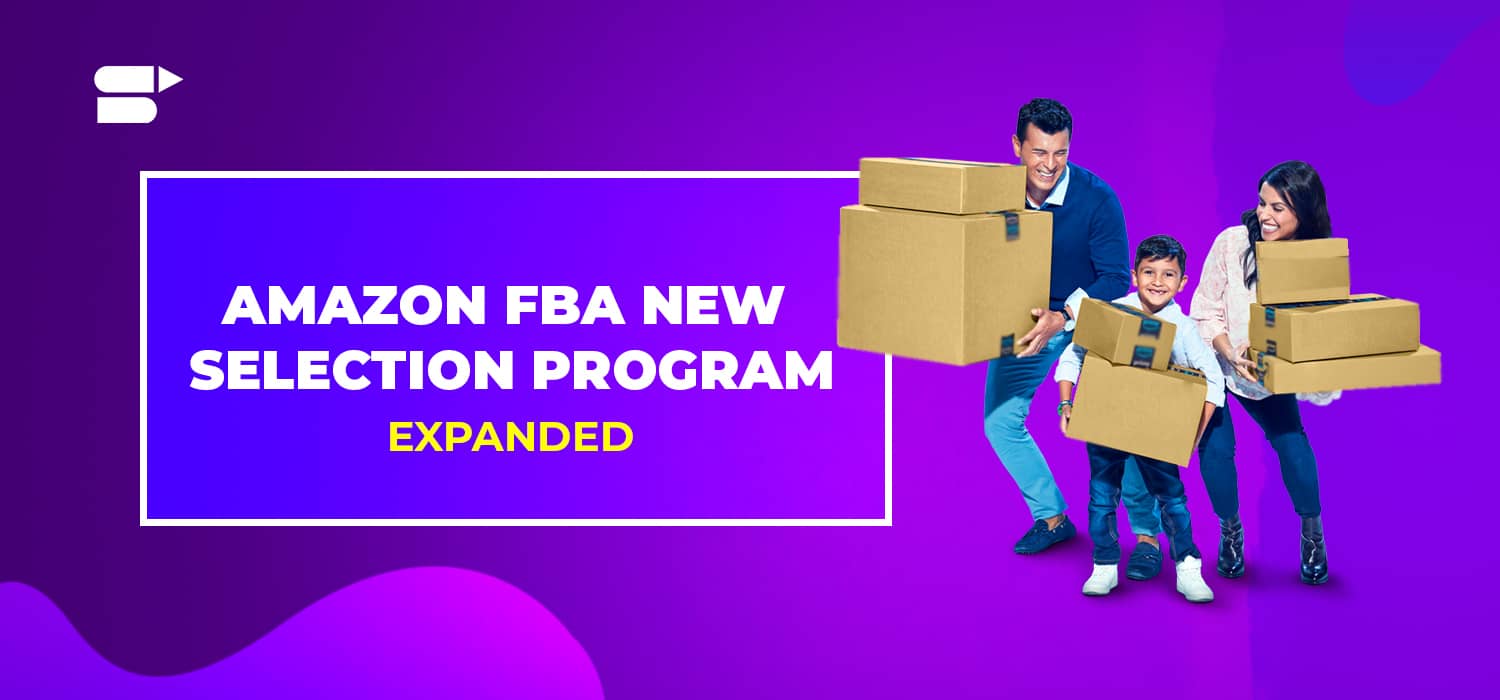



Muneeza Irfan
April 11, 2021Perfectly explained each and every step.
Thank you SellerApp.
Arishekar N
June 16, 2021We are happy to hear that you liked the blog.
Thank you.
zovre lioptor
May 22, 2021Very Informative article.
Thanks again